CNN On Misinformation: Understanding The Limits Of Factual Persuasion

Table of Contents
The Power of Confirmation Bias and Motivated Reasoning
Confirmation bias, the tendency to favor information confirming pre-existing beliefs, is a powerful force hindering the effectiveness of factual reporting. People selectively seek out and interpret information reinforcing their viewpoints, often dismissing contradictory evidence, even from credible sources like CNN. This is compounded by motivated reasoning, where individuals process information to support desired conclusions, regardless of its factual accuracy.
-
Examples: Someone who believes climate change is a hoax might dismiss a CNN report detailing scientific evidence, focusing instead on alternative narratives confirming their pre-existing belief. Conversely, someone already convinced of climate change might readily accept and share the same CNN report.
-
Studies: Numerous studies demonstrate the strength of these biases. Research has shown that exposure to contradictory evidence can even strengthen pre-existing beliefs in some individuals, a phenomenon known as the backfire effect.
-
Impact on CNN's Effectiveness: These cognitive biases limit the impact of even the most meticulously researched and factual CNN reporting, rendering factual persuasion alone insufficient to counter misinformation campaigns.
The Echo Chamber Effect and Social Media
Social media algorithms, designed to maximize user engagement, often create echo chambers. These echo chambers reinforce pre-existing beliefs by primarily exposing users to information aligning with their viewpoints. This effect dramatically limits exposure to diverse perspectives, making it challenging for factual reporting from CNN to reach those entrenched in misinformation.
-
Amplification of Misinformation: Social media platforms facilitate the rapid dissemination of misinformation, even when countered by reputable sources like CNN. False narratives, often emotionally charged and easily digestible, spread virally, outpacing fact-checking efforts.
-
Exploitation of Algorithms: Misinformation spreaders utilize tactics like targeted advertising and the strategic use of hashtags to reach specific audiences and exploit algorithm biases, amplifying their messages.
-
Challenges for CNN: Reaching audiences trapped within echo chambers requires innovative strategies beyond traditional news dissemination. CNN faces the challenge of breaking through the filter bubbles and reaching individuals who are unlikely to encounter their reporting organically.
The Role of Emotion and Narrative in Misinformation
Emotionally charged narratives often prove more persuasive than dry facts. Compelling stories, even if entirely false, can resonate more deeply with audiences than meticulously researched reports. Misinformation often leverages this by crafting narratives that tap into existing anxieties, fears, and prejudices.
-
Examples: The spread of conspiracy theories often relies on emotionally resonant narratives that appeal to fear, anger, or a sense of injustice. These narratives can be more effective at shaping public opinion than factual rebuttals.
-
Adapting CNN's Reporting: To counteract this, CNN must incorporate emotional intelligence into its reporting. While maintaining journalistic integrity, incorporating compelling storytelling techniques can make factual information more engaging and memorable.
-
Emotional Engagement in Responsible Journalism: Responsible journalism requires a delicate balance: acknowledging the power of emotion without resorting to sensationalism or emotionally manipulative tactics.
Strategies Beyond Factual Reporting: How CNN Can Improve its Approach
Simply presenting facts is insufficient; CNN and other news organizations need to adopt alternative strategies to combat misinformation effectively.
Utilizing Visual Communication and Storytelling
Infographics, videos, and engaging narratives can make complex information more accessible and memorable. Visual communication can overcome cognitive biases by appealing to different learning styles and making information more emotionally resonant.
Promoting Media Literacy and Critical Thinking
Educating audiences on how to identify misinformation is crucial. CNN can contribute by producing educational content on media literacy, critical thinking skills, and fact-checking techniques.
Engaging with Misinformation Directly and Responsibly
Directly addressing false narratives is essential, but it must be done responsibly. Debunking misinformation requires careful consideration; simply repeating false claims can inadvertently amplify them. Contextualization and clear explanations are key.
-
Successful Strategies: CNN, along with other organizations, has started incorporating fact-checking initiatives and partnerships to combat misinformation. These initiatives demonstrate a commitment to responsible journalism in the digital age.
-
Fact-Checking and Partnerships: Collaborations with fact-checking organizations and social media platforms are vital to combat misinformation at its source.
-
Future Directions: The fight against misinformation is an ongoing process. Responsible journalism must continuously adapt to new challenges and find innovative ways to reach and engage audiences effectively.
Conclusion
Combating misinformation requires a multifaceted approach that goes beyond simply presenting facts. The limitations of factual persuasion are clear, highlighting the influence of confirmation bias, motivated reasoning, social media echo chambers, and the power of emotionally charged narratives. Understanding CNN's role in fighting misinformation requires analyzing the limits of factual reporting and exploring alternative strategies. To improve the effectiveness of CNN's approach to misinformation, it needs to embrace visual communication, promote media literacy, and engage with false narratives responsibly. We must all critically evaluate the information we encounter, recognizing the importance of seeking reliable sources like CNN and supporting responsible journalism to combat the insidious spread of misinformation. Understanding CNN's role in this fight is vital for a future informed by truth and accuracy.

Featured Posts
-
 Councillors Defection To Reform A Major Blow For Labour
May 03, 2025
Councillors Defection To Reform A Major Blow For Labour
May 03, 2025 -
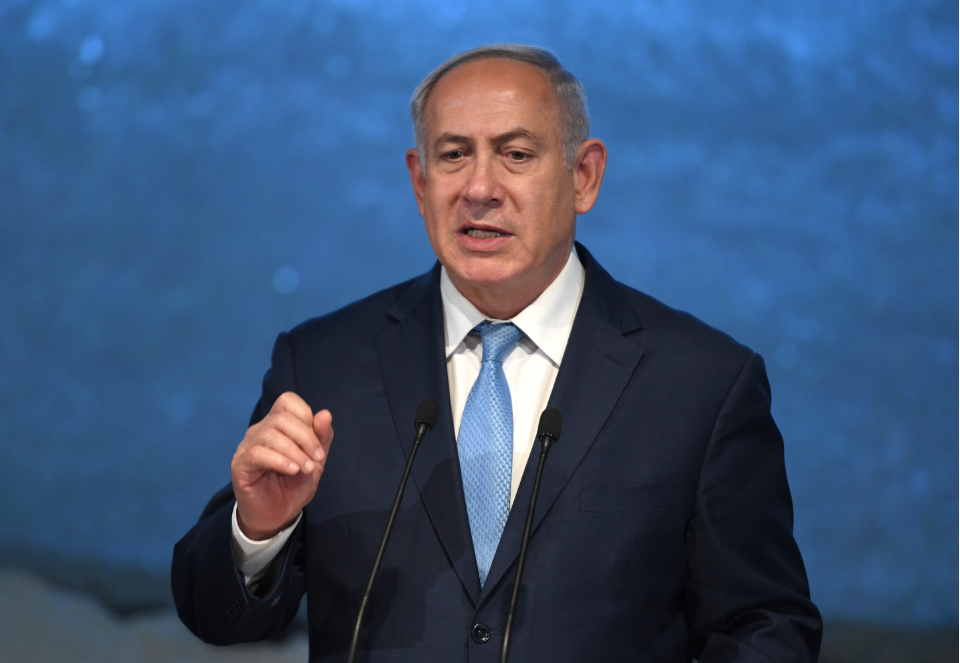 Makron I S Sh A Novye Sanktsii Protiv Rossii V Svyazi S Ukrainoy
May 03, 2025
Makron I S Sh A Novye Sanktsii Protiv Rossii V Svyazi S Ukrainoy
May 03, 2025 -
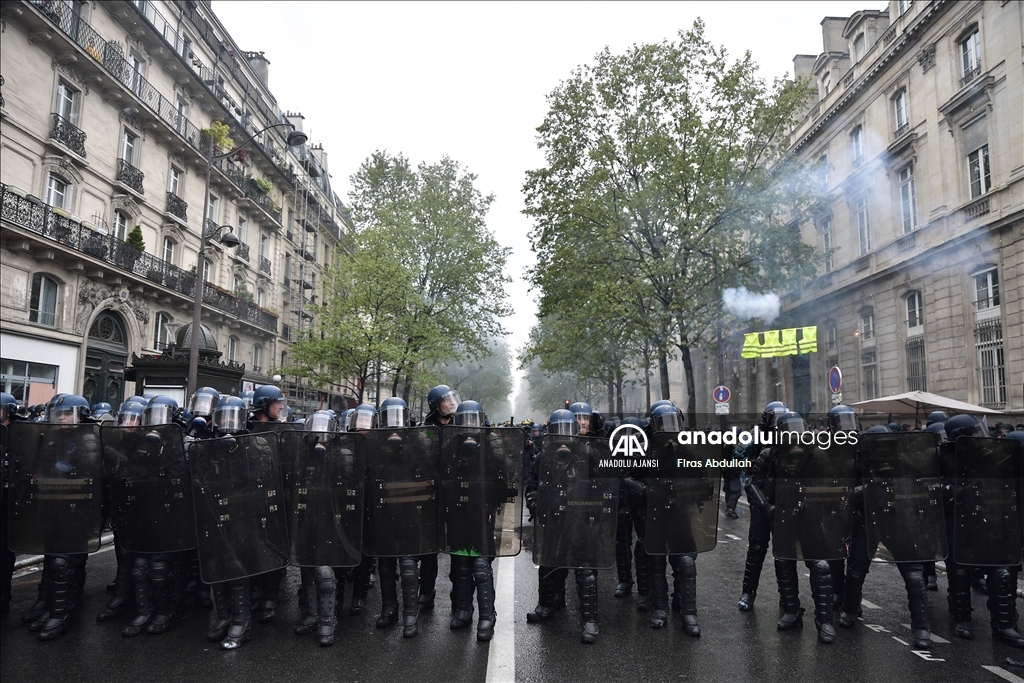 Kocaeli 1 Mayis Arbede Olayi Sahit Anlatimlari Ve Degerlendirmeler
May 03, 2025
Kocaeli 1 Mayis Arbede Olayi Sahit Anlatimlari Ve Degerlendirmeler
May 03, 2025 -
 International Harry Potter Day Your Guide To Online Series Merchandise
May 03, 2025
International Harry Potter Day Your Guide To Online Series Merchandise
May 03, 2025 -
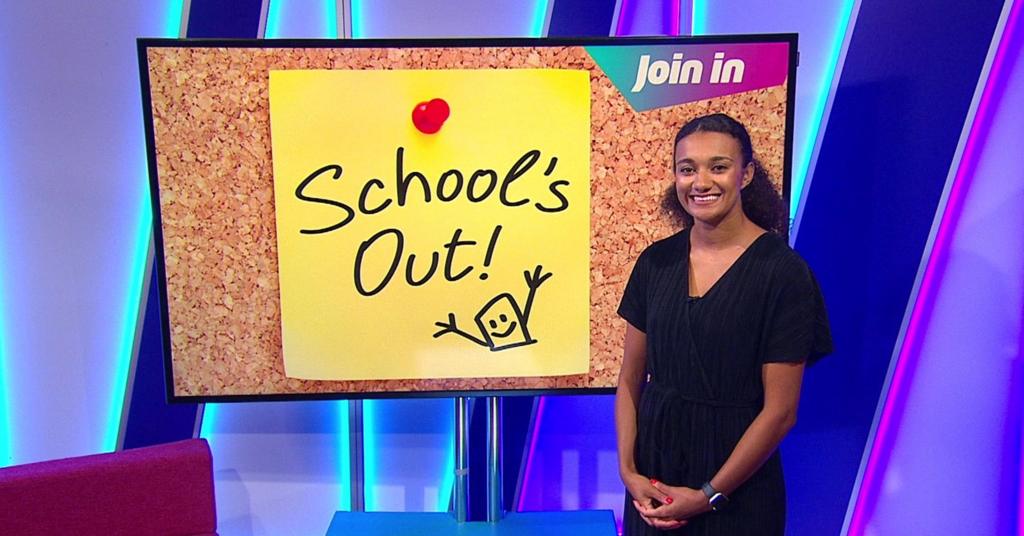 Where To Watch Newsround Your Bbc Two Hd Tv Guide
May 03, 2025
Where To Watch Newsround Your Bbc Two Hd Tv Guide
May 03, 2025
Latest Posts
-
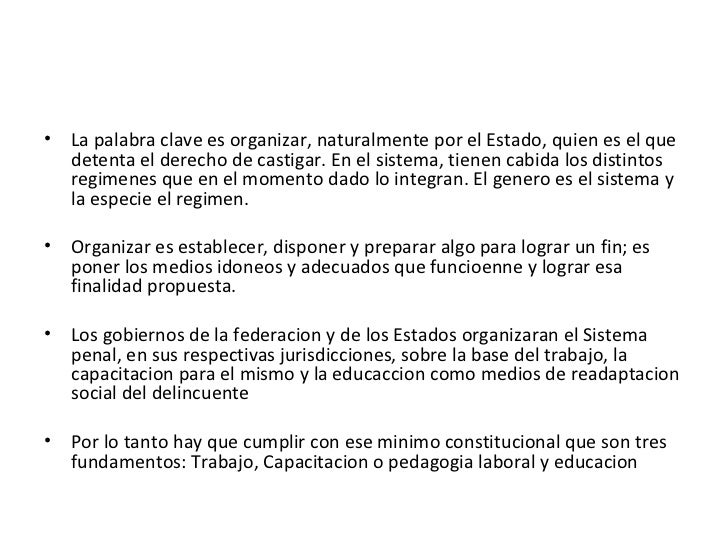 Actualizacion Del Sistema Penitenciario 7 Nuevos Vehiculos En Operacion
May 03, 2025
Actualizacion Del Sistema Penitenciario 7 Nuevos Vehiculos En Operacion
May 03, 2025 -
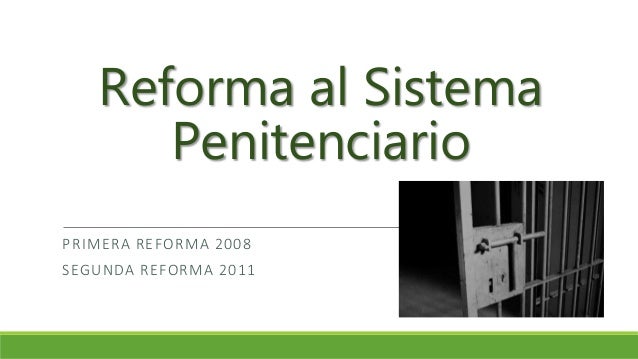 Refuerzan Seguridad Entregan 7 Vehiculos Al Sistema Penitenciario
May 03, 2025
Refuerzan Seguridad Entregan 7 Vehiculos Al Sistema Penitenciario
May 03, 2025 -
 Uk Local Elections Will Nigel Farages Reform Party Succeed
May 03, 2025
Uk Local Elections Will Nigel Farages Reform Party Succeed
May 03, 2025 -
 Sistema Penitenciario Recibe Flota De 7 Vehiculos Nuevos
May 03, 2025
Sistema Penitenciario Recibe Flota De 7 Vehiculos Nuevos
May 03, 2025 -
 Councillors Defection To Reform A Major Blow For Labour
May 03, 2025
Councillors Defection To Reform A Major Blow For Labour
May 03, 2025
